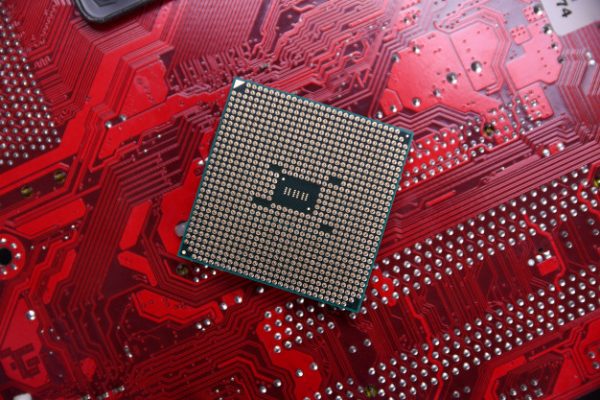Q1. What problems should pay attention to when layout high-frequency signals?
A1. Impedance matching of the signal line; Spatial isolation from other signal lines; For digital high-frequency signals, the effect of differential lines will be better.
Q2. In PCB layout, if the traces are dense, there may be more vias, which will much possible affect the electrical performance of PCB board. So how can we improve the electrical performance of PCB board?
A2. For low-frequency signals, vias do not matter. While for high-frequency signals, minimize vias. If there are many lines, consider multi-layer boards.
Q3. Is it better to add more decoupling capacitors on the PCB board?
A3. The decoupling capacitor need to be added with the appropriate value at the appropriate location. For instance, it need to be added to the power supply port of the analog device, and different capacitance values need to be used to filter out spurious signals of different frequencies.
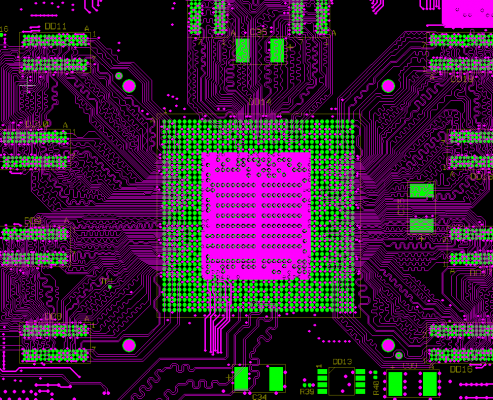
Q4. What are the standards for a good PCB board?
A4. Reasonable layout, sufficient power line redundancy, high-frequency impedance & low-frequency routing simple.
Q5. How much influence does the through hole and blind via have on the signal difference? What are the principles applied?
A5. Using blind vias or buried vias is an effective way to increase the density of multilayer boards, reduce the number of layers and the size of the board, and greatly reduce the number of plated through vias.
However, in comparison, through vias are easy to implement in technics and low cost, so through vias are generally used in PCB layout.
Q6. When it comes to analog-digital hybrid systems, some people suggest that the electrical layer should be divided, and the ground plane should be copper-clad; Others suggest that both electrical layer and ground layer should be divided, and different grounds should be connected at the power terminal, but if take this way, the signal return path is far away. How should we choose the appropriate method in practical applications?
A6. If there are high frequency> 20MHz signal lines, and the length and quantity are relatively large, then at least two layers are required for this analog high frequency signal. One layer of signal line, one layer of large area ground, and the signal line layer need to punch enough vias to the ground. The purpose is:
For analog signals, this provides a complete transmission medium and impedance matching;
The ground plane isolates analog signals from other digital signals;
The ground loop is small enough, because you have made a lot of vias, and the ground is a large plane.
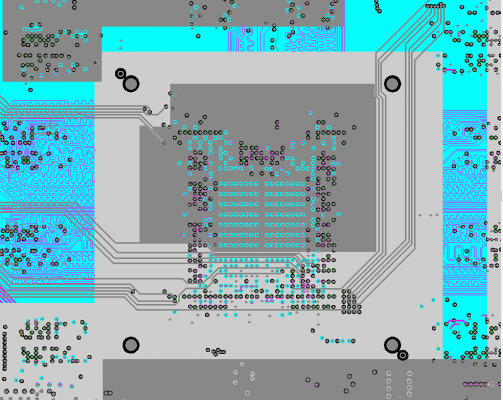
Q7. In the circuit board, the signal input plug-in is on the leftmost edge of the PCB, and the MCU is on the right, so in the layout, the stabilized power supply chip is placed near the connector (the power supply IC outputs 5V after a relatively long path) MCU), or place the power supply IC to the right of the center (the 5V output line of the power supply IC is shorter when it reaches the MCU, but the input power segment line passes through a longer PCB board)? Or is there a better layout?
A7. First of all, is the signal input plug-in an analog device? If it is an analog device, then which is recommended that the power supply layout should not affect the signal integrity of the analog part as much as possible. Therefore, there are several considerations:
First of all, is the regulated power supply chip a relatively clean, low-ripple power supply? The power supply of the analog part has higher requirements on the power supply;
Whether the analog part and MCU are the same power supply, in the PCB layout of high-precision circuits, it is recommended to separate the power supply of the analog part and the digital part;
The power supply to the digital part need to be considered to minimize the impact on the analog circuit part.
Q8. In the application of high-speed signal chain, there are analog and digital grounds for multiple ASICs. Should the ground be divided or not? What are the existing guidelines? Which is better?
A8. There is no conclusion so far. Under normal circumstances, you can consult the manual of the chip. The manuals of all ADI hybrid chips recommend you a grounding scheme, some are recommended for common ground, and some are recommended for isolation, depending on the chip design.
Q9. When should the equal length of the line be considered? If you want to consider the use of equal-length cables, what is the maximum length difference between the two signal lines? How to calculate?
A9. Differential line calculation idea: If a sinusoidal signal is transmitted, the length difference is equal to half of its transmission wavelength, and the phase difference is 180 degrees, then the two signals are completely canceled.
So the length difference at this time is the maximum. By analogy, the signal line difference must be less than this value.
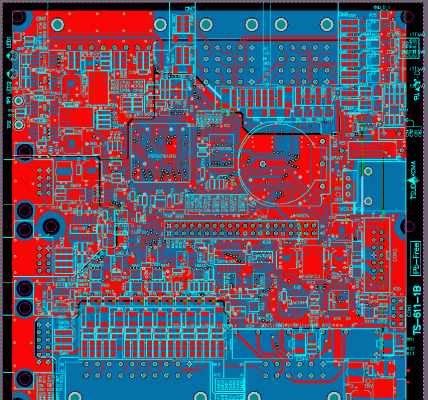
Q10. What kind of situation is suitable for serpentine routing in high speed? Are there any disadvantages? For example, for differential wiring, the two sets of signals are required to be orthogonal.
A10. Snake-shaped routing, which has different functions due to different applications:
If the serpentine trace appears in the computer board, it mainly functions as a filter inductance and impedance matching to improve the anti-interference ability of the circuit. The serpentine traces in the computer motherboard are mainly used in some clock signals, such as PCI-Clk, AGPCIK, IDE, DIMM and other signal lines.
If it is used in a general PCB board, in addition to the role of filter inductance, it can also be used as an inductance coil of a radio antenna, etc. For instance, it is used as an inductor in 2.4G walkie-talkies.
The routing length requirements for some signals must be strictly equal. The equal line length of high-speed digital PCB boards is to keep the delay difference of each signal within a range to ensure the validity of the data read by the system in the same cycle (the delay difference exceeds The data of the next cycle will be read incorrectly in one clock cycle).
For example, there are 13 HUBLinks in the INTELHUB architecture, using a frequency of 233MHz. The lengths must be strictly equal to eliminate the hidden dangers caused by time lag. Winding is the only solution.
Generally, the delay difference is not more than 1/4 clock cycle, and the line delay difference per unit length is also fixed. The delay is related to the line width, line length, copper thickness, and layer structure, but too long a line will increase distributed capacitance and distributed inductance. , The signal quality has decreased. Therefore, clock IC pins are generally terminated, but the serpentine trace does not act as an inductor.
On the contrary, the inductance will shift the phase shift of the higher harmonics in the rising edge of the signal, causing deterioration of the signal quality, so the serpentine line spacing is required to be at least twice the line width. The smaller the rise time of the signal, the more susceptible to the influence of distributed capacitance and distributed inductance.
The serpentine trace acts as a distributed parameter LC filter in some special circuits.
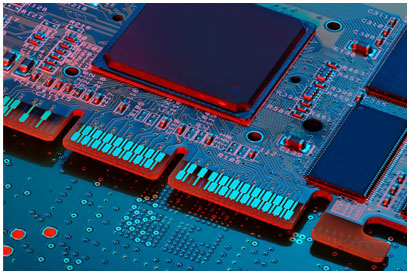
Q11. When PCB layout, how to consider electromagnetic compatibility EMC/EMI, and which aspects need to be considered? What measures are taken?
A11. EMI/EMC design must consider the location of the device, the arrangement of PCB stacks, the routing of important connections, and the selection of devices at the beginning of the layout.
For example, the location of the clock generator should not be close to the external connector. High-speed signals should go to the inner layer as much as possible. Pay attention to the characteristic impedance matching and the continuity of the reference layer to reduce reflections. The slew rate of the signal pushed by the device should be as small as possible to reduce the height Frequency components, when choosing a decoupling/bypass capacitor, pay attention to whether its frequency response meets the requirements to reduce noise on the power plane.
In addition, pay attention to the return path of the high-frequency signal current to make the loop area as small as possible (that is, the loop impedance as small as possible) to reduce radiation. The ground can also be divided to control the range of high-frequency noise.
Finally, properly select the chassis ground between the PCB and the housing.
Q12. What should I pay attention to when layout the transmission line of the RF broadband circuit PCB? How to set the ground hole of the transmission line is more appropriate, do you need to design the impedance matching yourself or cooperate with the PCBA manufacturer?
A12. There are many factors to consider in this question. For example, the various parameters of PCB materials, the transmission line model finally established according to these parameters, the parameters of the device, etc. Impedance matching is generally designed according to the information provided by the manufacturer.
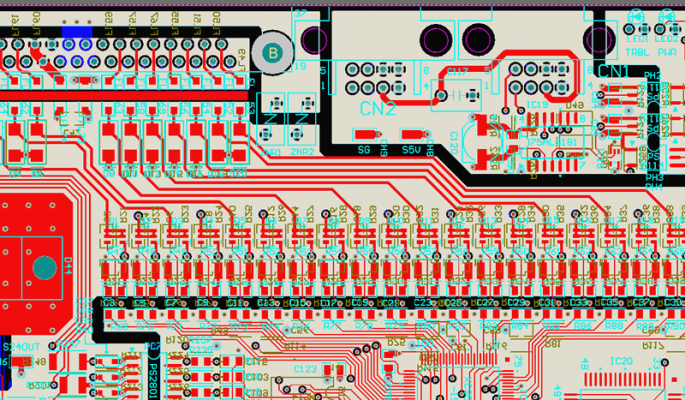
Q13. When analog circuits and digital circuits coexist, for example, one half is the digital circuit part of FPGA or single-chip microcomputer, and the other half is the analog circuit part of DAC and related amplifier. There are many power supplies of various voltage values. When encountering power supplies with voltage values that are used in both digital and analog circuits, can a common power supply be used? What skills are there in wiring and magnetic bead layout?
A13. Generally, it is not recommended to use this way, it will be more complicated to use and difficult to debug.
Q14. When layout high-speed multi-layer PCBs, what is the main basis for the selection of packages for devices such as resistors and capacitors? Which packages are commonly used, can you give me some examples?
A14. 0402 is commonly used in mobile phones; 0603 is commonly used in general high-speed signal modules; the basis is that the smaller the package, the smaller the parasitic parameters. Of course, the same package from different manufacturers has great differences in high-frequency performance. It is recommended that you use high-frequency special components in key locations.
Q15. In PCB layout, should the signal line or the ground line be taken first for the double-sided board?
A15. This should be considered comprehensively. When considering the layout first, consider routing.
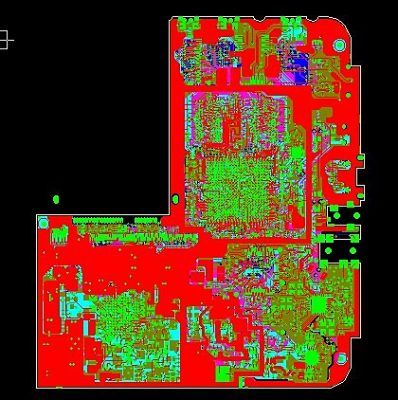
Q16. When layout high-speed multilayer PCBs, what should be the most important issue? Can you make a detailed solution to the problem?
A16. The most important thing to pay attention to is the design, that is, how you divide the signal lines, power lines, ground, and control lines into each layer.
The general principle is that the analog signal and analog signal ground must be at least a separate layer. A separate layer is also recommended for the power supply.
Q17. When should I use 2-layer, 4-layer, and 6-layer boards? Are there any strict technical restrictions (excluding volume reasons)? Is the frequency of the CPU or the frequency of data interaction with external devices as the standard?
A17. The use of multi-layer boards can first provide a complete ground plane, and in addition can provide more signal layers to facilitate routing.
For applications where the CPU needs to control external storage devices, the frequency of interaction should be considered. If the frequency is high, a complete ground plane must be guaranteed. In addition, the signal lines should be kept the same length.
Q18. How to analyze the influence of PCB wiring on analog signal transmission, and how to distinguish whether the noise introduced during signal transmission is caused by routing or op amp devices?
A18. This is difficult to distinguish. The only way to avoid extra noise introduced by the wiring can be through PCB layout.
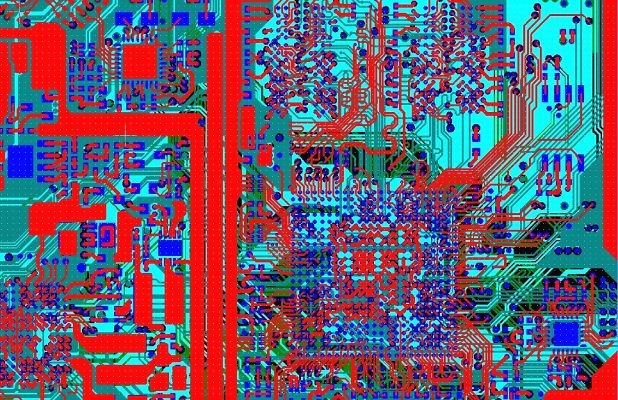
Q19. For high-speed multilayer PCBs, what are the appropriate line width settings for power lines, ground lines, and signal lines? What are the common settings? Can you give an example? For example, how to set the working frequency at 300Mhz?
A19. Signals >300MHz must do impedance simulation to calculate the line width and the distance between the line and the ground; the power line needs to determine the line width according to the size of the current. In the case of mixed-signal PCB, the “line” is generally not used to represent the ground, but The entire plane, so as to ensure the minimum loop resistance, and a complete plane under the signal line.
Q20. What kind of layout can achieve the best heat dissipation effect?
A20. There are three main sources of heat in the PCB: the heating of electronic components; the heating of the PCB itself; the heat transferred from other parts.
Among the three heat sources, the components generate the largest amount of heat and are the main heat source, followed by the heat generated by the PCB board. The heat transferred from the outside depends on the overall thermal design of the system and is temporarily ignored.
Then the purpose of thermal design is to take appropriate measures and methods to reduce the temperature of the components and the temperature of the PCB board, so that the system can work normally at a suitable temperature. It is mainly achieved by reducing heat generation and speeding up heat dissipation.
